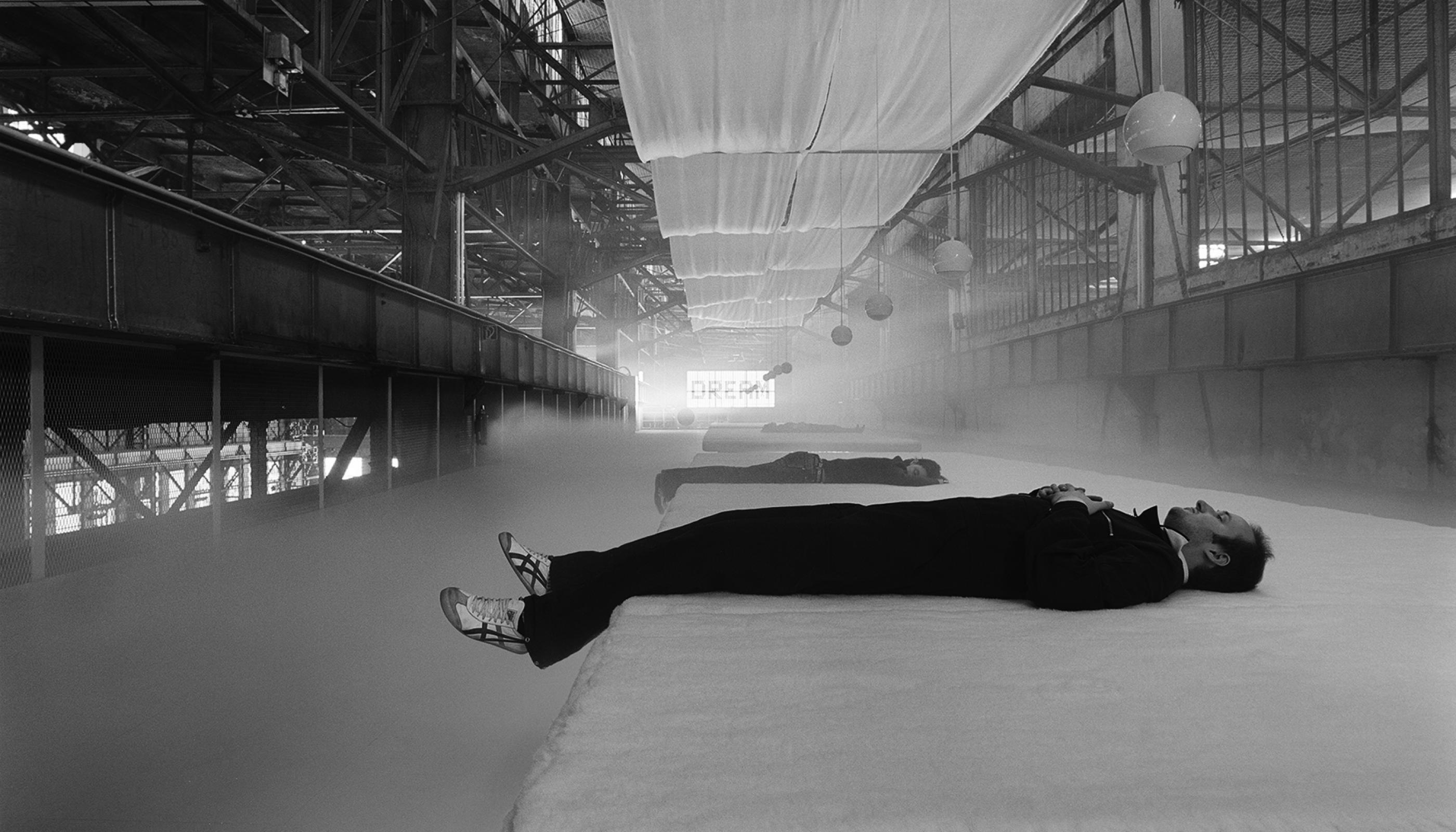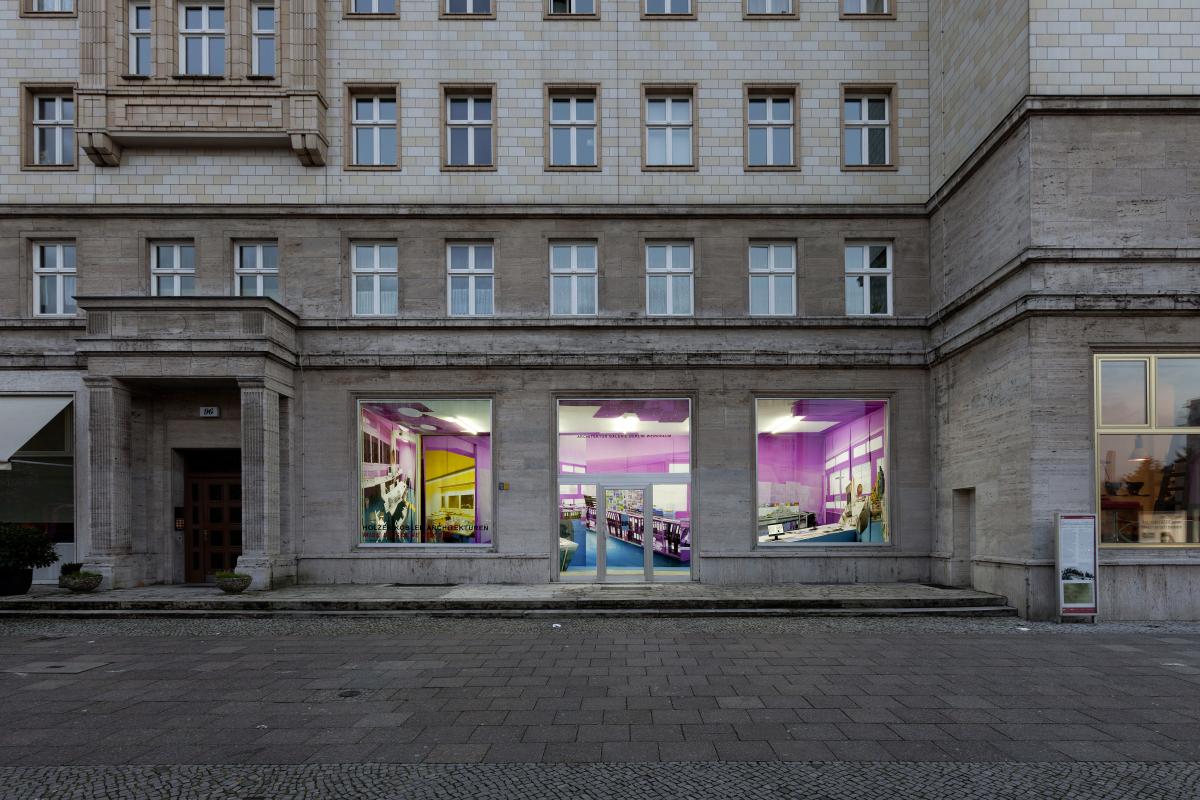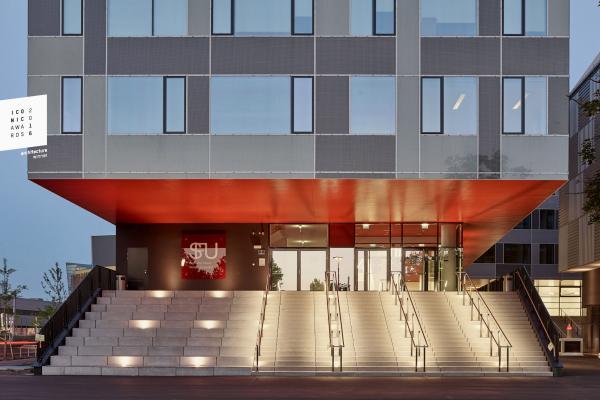You are here
Architectural Interface: Space – Architect – Humans
The spaces we inhabit influence how we act and how we feel. Architects and urban planners create the constructed worlds that people consciously or unconsciously accept, the places where they spend and enjoy their time. But in just the same way, spaces can emerge that are uninviting, that generate discontent, and that are ultimately shunned. Regardless of the formal design language employed, the quality of a space is determined above all by the users’ intuitive acceptance of it. Working in a discipline that exercises an influence like almost no other on people’s daily lives, architects are faced with the constant challenge of reading and interpreting a particular space’s potential impact, using all their senses and looking at it from many different perspectives, and then enhancing its positive qualities.
In no way can we exist in separation from the space – usually designed or shaped in some way – that surrounds us. Every day each of us moves through a continuum of exceedingly diverse spaces of varying types and sizes. We perceive the expansiveness of a landscape, for example, by moving through it. An architect can change the point of view or pull something into focus by creating a lookout, a focal point, or a certain route to be followed.
In urban settings, it is the composition of the buildings, the squares, the alleyways, and the relationship between density and openness that determine a place’s expression. Spaces are formed with different identities, inviting people to linger or merely functioning as transit areas. Places and buildings that create a sense of identity are an essential component of our cultural roots. They offer points of reference and anchorage in a globalized, continually changing world.
As we move through towns and cities we randomly perceive façades, behind which lay hidden interiors with incredibly different characters and impacts. The shells of the buildings function as filters between within and without, serving to bind or separate the private and the public, to draw a line between exposed spaces and secluded retreats. A space’s form and design determines its positive as well as its negative effects, which everyone can experience in their own way. But whatever the differing political, social and cultural characteristics that influence our perception and critical judgment and shape our actions and reflections, it is clear that built spaces generate substantial, individually perceived sensory impressions in all human beings.
In this interaction between built spaces and human beings, we architects have a role something like that of a movie director. This role involves reading and recognizing spatial potential, on the one hand, and understanding societal needs on the other. The design language adapts from situation to situation in accordance with these factors. We constantly construct our perspectives anew, and observe, listen to and sense the space from a range of different angles. As a discipline, architecture harbors the potential to endow ephemeral things with concrete form.
Architecture is often interpreted and used in ways that were not originally intended. This fact necessitates complete openness towards each new task. The actual deliberations about the actual physical space go hand in hand with opening up space for thought – an architect has to be able to imagine and convey the impact a new and transformed space will have.
His or her task is therefore to discover potentialities, to seismically detect the qualities and effects of interior and exterior spaces, to understand and be able to explain these, and to make them visible by means of certain interventions. If we are to develop new ways of reading spaces, it is crucial to thoroughly explore those that already exist, and to incorporate this knowledge into new design questions.
At the heart of this endeavor lies the perpetual reconsideration of the relationship between space, human beings and content – a process that necessarily includes an interdisciplinary approach as well as a clear and consistent position on what a place’s structural expression should be. Constant scrutiny of societal changes and a heightened sensitivity to trends are preconditions for recognizing current needs and anticipating future demands in order to create new spaces, transform existing ones, or join the old with the new.
Understanding the interaction between human beings and spaces requires exploration and personal participation. Proverbially standing things on their heads and observing them from another angle can help us to interpret spaces in a novel way. Such a change of perspective allows the architect to recognize relevant themes and break with conventions.
Regardless of the particular architectural language, successful, vital architecture is distinguished by its ability to gain the acceptance of the people who interact with it. It is, after all, people who occupy the spaces, who experience their atmosphere, and who are drawn to and fascinated by them. Simply emphasizing and elucidating spatial qualities and potentials is often enough to enable the architect to design future-oriented urban spaces for the community that the people can truly experience and identify with.







